Safari Destinations
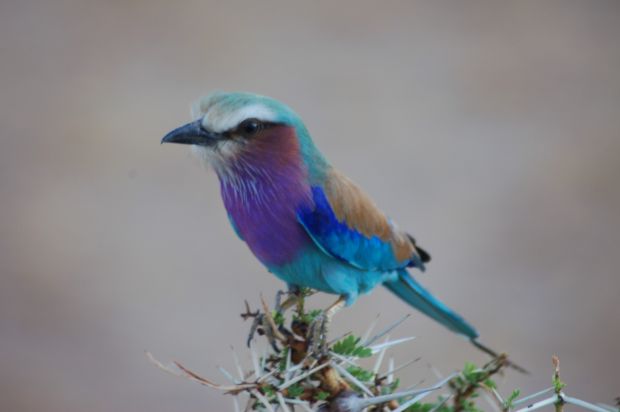
Mikumi National Park
Area: 3230 km2
Mikumi National Park is the fourth-largest park in Tanzania, and
part of a much larger ecosystem cantered on the uniquely vast Selous
Game Reserve.
Mikumi is situated close to the northern border of the Selous Game Reserve
and is en-route to both Ruaha and Udzungwa Mountains National Parks. More than 400 bird
species have been recorded, with such colorful common residents as
the lilac-breasted roller, yellow-throated long claw and bateleur
eagle. These residents are joined by a host of European migrants during the rainy season.
Hippos are the star attraction at the pair of pools situated 5km
north of the main entrance gate, supported by an ever-changing cast
of water birds. This Park is also home to lions, giraffes, elephants,
leopards, buffaloes, crocodiles, zebras, elands and wild dogs.
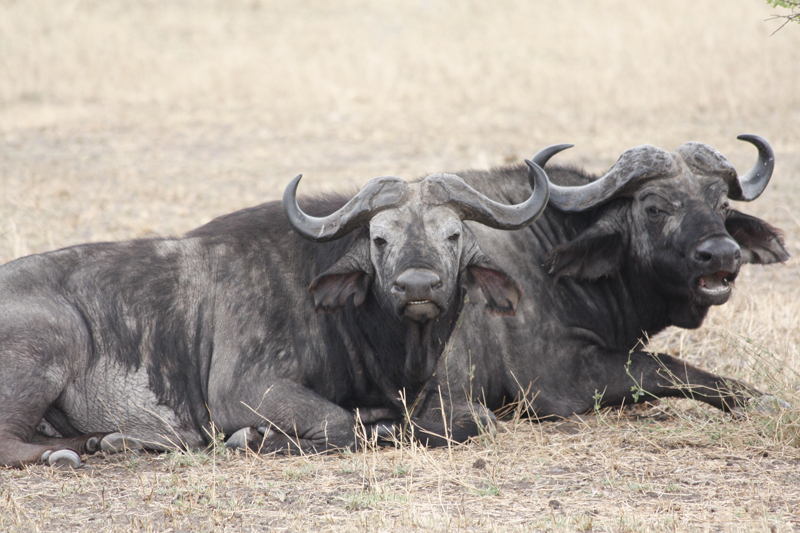
Mt Meru National Park
Mount Meru is Tanzania's second highest peak. It offers both 3 and
4 day hikes to reach the summit. This is a good climb to get you fit enough
to attempt Mount Kilimanjaro.
The Mountain is one of Africa's highest and most beautiful
volcanoes. The route to the summit passes through parkland, montane
forest, a giant heather zone and moorland. Finally, the summit is
reached by a narrow, barren ridge which provides stunning views of
the Ash Cone lying several thousand feet below in the crater and
Kilimanjaro in the background. Over 400 species of birds, along with rhino,
elephant, buffalo, baboon, warthog, black and white colobus monkey
and duiker can be found. The visit to the Ngurdoto crater and
Momella lakes, with their superb scenery, flamingoes and other
wildlife, is an unforgettable experience.
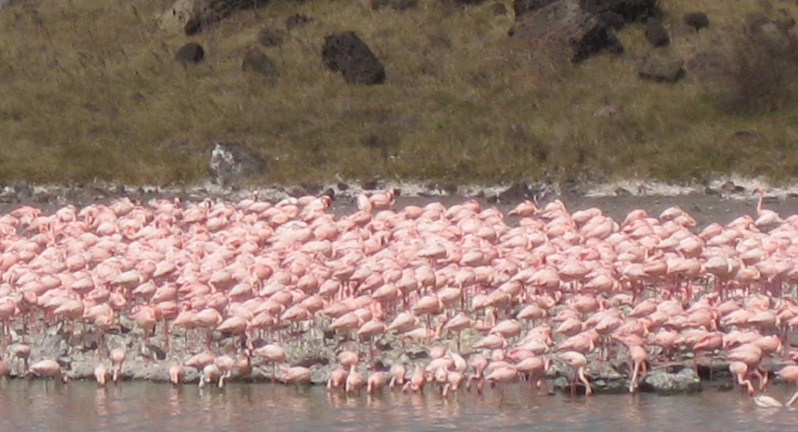
Ngorongoro Conservation Area
Area: 8292 km2
Ngorongoro Conservation Area in northern Tanzania boasts a blend of landscapes, wildlife, people and archaeology that is unsurpassed in Africa. The volcanoes, grasslands, waterfalls and mountain forests are home to an abundance of animals and to the Maasai. The Crater floor is a natural sanctuary for thousands of animals and many species of insects and birds. Lush highlands surround the Crater, falling away to the tawny plains and alkaline lakes of the Great Rift Valley. Zebra and wildebeest mix on the Crater floor along with more than 50 lions, 300 spotted hyenas, Grant and Thompson gazelles, more species of jackal, greater and lesser flamingo and many other birds species. In all, Ngorongoro crater has more than 18,000 to 23,000 animals, making this the most intensive game-viewing area on earth. The habitats seen are grassland, lakes, swamp, woodland and montage forest.
Lake Natron
Lake Natron is located outside Ngorongoro Conservation Area (NCA) to the north-east, and is the biggest breeding ground in East Africa for flamingos. The lake is typically alkaline and it is a main source of food for flamingos.
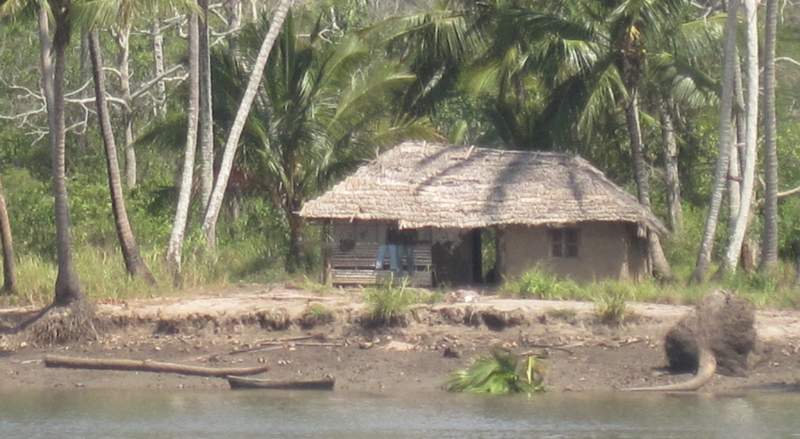
Pangani
Pangani is situated on the southeast coast of the Tanga region.
The main attraction of Pangani is the pristine coastline to the
north and south of Pangani town. There are also several attractions
in and around Pangani that can be visited during day trips. Although
many of Pangani's visitors are ex-patriates and wealthy Tanzanians,
there are several beautiful hotels around Pangani town just waiting
for tourism to pick up. For now, Pangani is the perfect beach
destination for travelers seeking to escape the crowded resorts and
aggressive street vendors in Dar es Salaam and Zanzibar.
Pangani River: Pangani River, once an important transport channel
for slaves and ivory, is now seldom used as a means of
transportation from Tanzania's interior to the coast. Boat trips can
be arranged up the river to observe the abundant birdlife and
riverine ecosystem. Crocodiles and hippos are sometimes seen along
the river and a trip up the river offers an opportunity to view
Tanzanian village life.
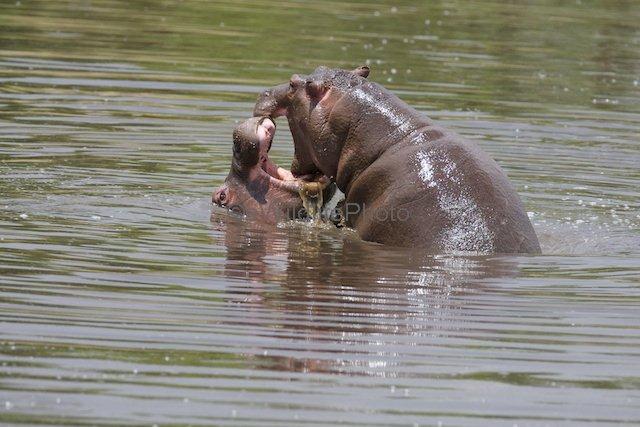
Ruaha National Park
Area: 10,300 km2
Ruaha: The Great Ruaha River, on the eastern side of Ruaha Park, flows to Rufiji River which accommodates hippos and crocodiles. Its vast area makes the park the second largest park in Tanzania. An unusually high diversity of antelope is a function of its location, which is transitional to the acacia savannah of East Africa and the miombo woodland belt of Southern Africa. Grant's gazelle and lesser kudu occur here at the very south of their range, alongside the miombo-associated sable and roan antelope. Also seen are one of the largest populations of greater kudu, the park emblem, distinguished by the male's magnificent corkscrew horns. About 430 birds species and high diversity of antelope are also found.
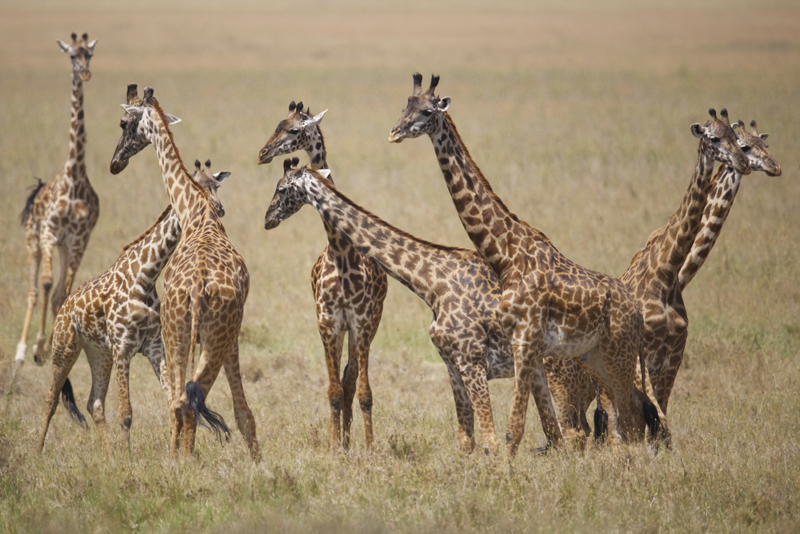
Saadani National Park
Area Size: 1,100 km2
Saadani is where the beach meets the bush. The only wildlife
sanctuary in East Africa to boast an Indian Ocean beachfront, it
possesses all the attributes that make Tanzania’s tropical coastline
and islands so popular with European sun-worshippers. Yet it is also
the one place where those idle hours of sunbathing might be
interrupted by an elephant strolling past, or a lion coming to drink
at the nearby waterhole.
Around the national park grazers and primates are seen on game
drives and walks.
These animals include giraffe, buffalo, warthog,
common waterbuck, reedbuck, hartebeest, wildebeest, red duiker,
greater kudu, eland, sable antelope, yellow baboon and vervet
monkey. Herds of up to 30 elephants are encountered with increasing
frequency and several lion prides are resident - along with leopard,
spotted hyena and black-backed jackal.
Boat trips on the mangrove-lined Wami River come with a high chance
of sighting hippos, crocodiles and a selection of marine and
riverine birds, including the mangrove kingfisher and lesser
flamingo. The beaches form one of the last major green turtle
breeding sites on mainland Tanzania.